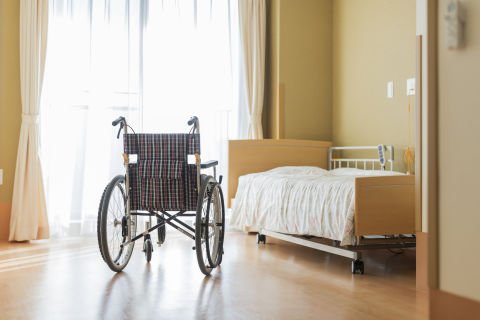Nearly four out of five Australians live with hypertension – high blood pressure – by the age of 75.
So, it’s good news when researchers can reveal just how vital some extra exercise can be for our health and well-being.
Maintaining healthy blood pressure can protect against serious conditions such as heart failure, heart attacks, and strokes.
As one of the researchers from Iowa State University said, “We’ll all get high blood pressure if we live long enough… that’s how prevalent it is.”
Thankfully, the study found adding a relatively minimal amount of movement – about 3,000 steps per day – can significantly reduce high blood pressure in older adults.
Daily walking is one of the easiest and most popular forms of physical activity for older people. It’s easy to do, you don’t need any equipment, and you can do it anywhere at almost any time.
The study focused on a group of sedentary older adults between 68 and 78 who walked an average of 4,000 steps per day before the study.
After consulting existing studies, the researchers determined that 3,000 extra steps would be a reasonable goal. This would put most participants at 7,000 daily steps, in line with the American College of Sports Medicine’s recommendation.
The team conducted the study during the height of the COVID-19 pandemic, which meant they had to do everything remotely.
The participants were sent a kit with pedometers, blood pressure monitors, and step diaries to log how much they walked each day.
After the intervention, participants’ systolic and diastolic blood pressure decreased by an average of seven and four points respectively.
Other studies suggest decreases of these magnitudes correspond to a relative risk reduction of all-cause mortality by 11%, and 16% for cardiovascular mortality, an 18% reduction in the risk of heart disease, and a 36% risk reduction of stroke.
“It’s exciting that a simple lifestyle intervention can be just as effective as structured exercise and some medications,” one of the researchers said.
The findings suggest the health benefits are on-par with reductions seen with anti-hypertensive medications.
Eight of the 21 participants were already on medication. Those participants still saw improvements in systolic blood pressure from increasing their daily activity.
Other studies show that when exercise is combined with medication, exercise bolsters the effects of blood pressure medication alone, which highlights the value of exercise as anti-hypertensive therapy, as part of the treatment arsenal.
The researchers found that walking speed and walking in continuous bouts did not matter as much as simply increasing total steps. The volume of physical activity is important, not the intensity.
In addition to the cardiovascular benefits of daily physical activity, researchers at Cambridge University recently published the results of a widescale study on how exercise can affect the risk of depression.
By examining data from almost 290,000 people – of whom 13,000 had depression – followed over a nine-year period, an international team of analysts discovered that regular physical activity decreased the risk of depression by 14%.
Dr Christelle Langley from the Department of Psychiatry at the University of Cambridge said that there’s often more to a “healthy lifestyle” than simple physical well-being.
“We’re used to thinking of a healthy lifestyle as being important to our physical health, but it’s just as important for our mental health,” she said.
“It’s good for our brain health and cognition, but also indirectly by promoting a healthier immune system and better metabolism.”
Related reading: Uconn Today, Aged Care Guide, Heart Foundation












